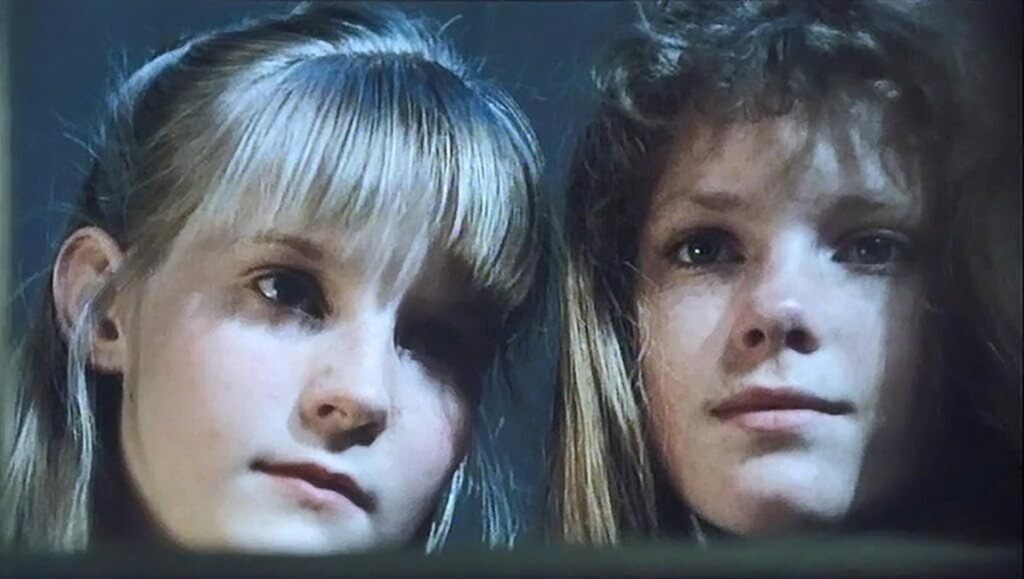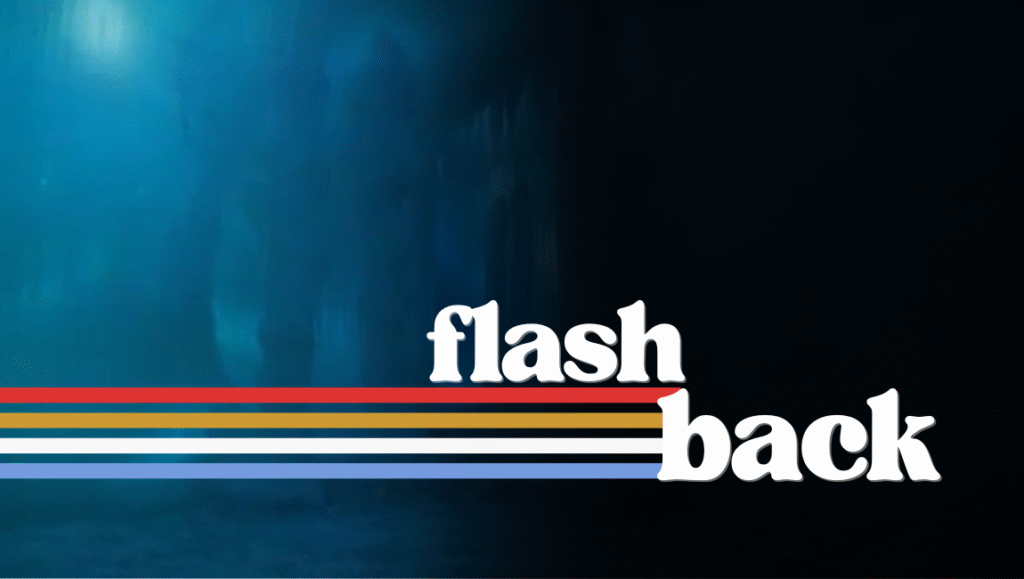Winter: the sun shyly hides behind a curtain of gray and makes its exit much earlier, but, when it does appear, it shines a special set of winter rays at the sheets of snow and ice, reflecting and refracting a piercing white light. It’s a time of blindness. It is a time when things go missing.
In 1963, Norway’s celebrated novelist and poet Tarjei Vesaas wrote The Ice Palace, a novella about an 11-year-old girl who disappears one day. In the work, Unn, a shy girl whose mother has died and now lives with her estranged aunt in rural Norway, invites Siss, the most popular girl at school, to her house. Unn locks the door to her room; the girls stare at each other in a mirror, and they undress. They are persuaded by some unknown force inside them to have such intimate moments, but they cannot explain why or what they mean — Siss runs out in embarrassment and Unn sits alone in shame. The next day, Unn, nervous about an awkward reunion with Siss at school, instead travels to a place of quiet legend among the school children: the ice palace. There, she is pushed by something inside her, the same inexplicable something that drove her to strange choices the previous night to go deeper and deeper into the caverns of the frozen waterfall and rock. She does not return. Siss, unaware of Unn’s motivations, is cautiously interrogated by the adult search team about what happened the night they met, but, even if she could describe what happened, how can she explain it? How could she put that mysterious force to words? Would it even help the search for Unn? Siss retreats into herself as the winter snow covers the ice palace and makes a secret promise to Unn that she upholds with monastic sincerity. And when she does finally visit the ice palace, she is met with a vision reserved for such anchorites.
Karl Ove Knåusgard called The Ice Palace the second-best Norwegian novel ever written (the first being another Vessas book, The Birds), thanks to the novel’s spare and haunting style. By the 1960s, Vessas had pared his masterful use of the formal Nynorsk language to a modernist simplicity, more comparable to Beckett than Hemingway. Paragraphs rarely last longer than four sentences; sentences rarely exceed twelve words. Even the novel’s mystical events are reported through declarative statements in the narration, rendering it unclear if they’re to be taken literally or metaphorically, such as a fiery eye appearing to Unn within the innermost chamber of the ice palace. But the novel’s most interesting quality is a constant description of the indescribable and the not-happening. The girls are not able to describe their pre-sexual attraction to each other — and, permit me an aside to state the obvious: it’s perhaps best that the middle-aged author does not actually ruminate on the developing sexual thoughts of a pre-pubescent girl — though the novel notes that a force guides them nonetheless. The perspective of the following quote during the mirror scene belongs to neither Siss nor Unn, but rather a shared “I,” perhaps from the perspective of this unnamable force itself:
“Four eyes full of gleams and radiance beneath their lashes, filling the looking glass. Questions shooting out and then hiding again. I don’t know: Gleams and radiance, gleaming from you to me, from me to you, and from me to you alone — into the mirror and out again, and never an answer about what this is, never an explanation [….] A mouth from another world. No, it isn’t a mouth, it isn’t a smile, nobody knows what it is — it’s only eyelashes open wide above gleams and radiance.”
Similarly, a scene of the search party describes a song not sung:
“They are tired, grave men, giving themselves over as sacrifices to an enchantment, saying: It is here. They stand at the foot of the ice walls with tense faces, ready to break into a song of mourning before the closed, compelling palace. If one of them had been impetuous enough to begin, all of them would have joined in.”

These are passages that would normally give credence to that smug refrain that such a work of literature would be unfilmable. Yet, so much of this short, mysterious work begs for a film treatment. The mirror sequence that rhymes with the reflective ice of the palace; the string of lights from the skiing search party; the labyrinthine passageways and grottoed throne room of inner parts of the palace; and the girls’ mirrored visions: these are all simple images whose mystery would not be shaken by mere depiction. These are also all moments of light and its reflection — the special light of winter — and the cinema, too, works with darkness and blinding white light.
In 1989, the director Per Blom adapted The Ice Palace to film. He had directed controversial, intimate dramas before, including the incest story His Mother’s House (1974), but nothing quite like this. Thankfully, no narration replaces those “unfilmable” bits; instead, the young actors’ (complete unknowns Hilde Nyeggen Martinsen and Line Storesund) gestures speak for themselves. What moments Vesaas had supplied with clever latent psychology, such as Unn’s non-reasoning as she goes further into the palace — ”Why am I here? She attempted to find the solution to this riddle. Meanwhile she walked, strangely exalted, half unconscious.” — Blom replaces it with pure mystery, resembling something more ancient like fate. Here, Unn is fated to go further and disappear, Siss is fated to resemble Unn as she retreats into herself and spends her time at school alone, and the palace is fated to disappear by forces stronger than any one character can comprehend. The entire film is nearly silent, as if Blom had discovered another deeper work within the story of The Ice Palace made entirely of strange images that we, like adolescents discovering the world for the first time, must try, yet never quite succeed, to forge into bits of meaning.
Knowing that all of this intense and mysterious feeling must find a visual form, director of photography Halvor Næss composed and processed nearly every shot in different hues of white and blue. In the daytime scenes, a gray sky watches over the pale nearly-blues of the ice palace. At night, a midnight blue washes over the search party; the once-glistening castle with nothing to reflect is now only accompanied by black shadow. Even Unn’s bedroom is a deep Prussian blue, and the girls don white and blue sweaters. This much blue is not in the novel, though Blom’s work does attempt to match the eerie spectrum that radiates in Vesaas’ palace: “room upon room in a green ice palace” and “the light became increasingly brighter and brighter and began to fill up with fire” are promises kept in the film. Sharp yellow-white circles pierce the blue-black atmosphere like pinholes during the search party scene, and orange, the color of the missing sun, appears just once. Why? William Gass in his On Being Blue called blue “most suitable as the color of interior life. Whether slick light sharp high bright thin quick sour new and cool or low deep sweet dark soft slow smooth heavy old and warm: blue moves easily among them all, and all profoundly qualify our states of feeling.” We do not need Vesaas’ interior monologue if we are accompanied by such a force as blue.
Yet Blom’s adaptation, one of the only adaptations of Norway’s greatest author, remains unknown in the English-speaking world and generally without distribution. Admittedly, this seems a bit puzzling to this writer, as marketers could easily sell this as a dour version of “The Snow Queen,” another Nordic tale of a child saving another child from an icy palace, which itself was recently adapted into a billion-dollar-grossing film, Frozen. Instead, it will stand as its own ice palace in the outskirts of cinephilia, its wonders and horrors available to those who find themselves drawn inside before it’s washed away forever.


Comments are closed.